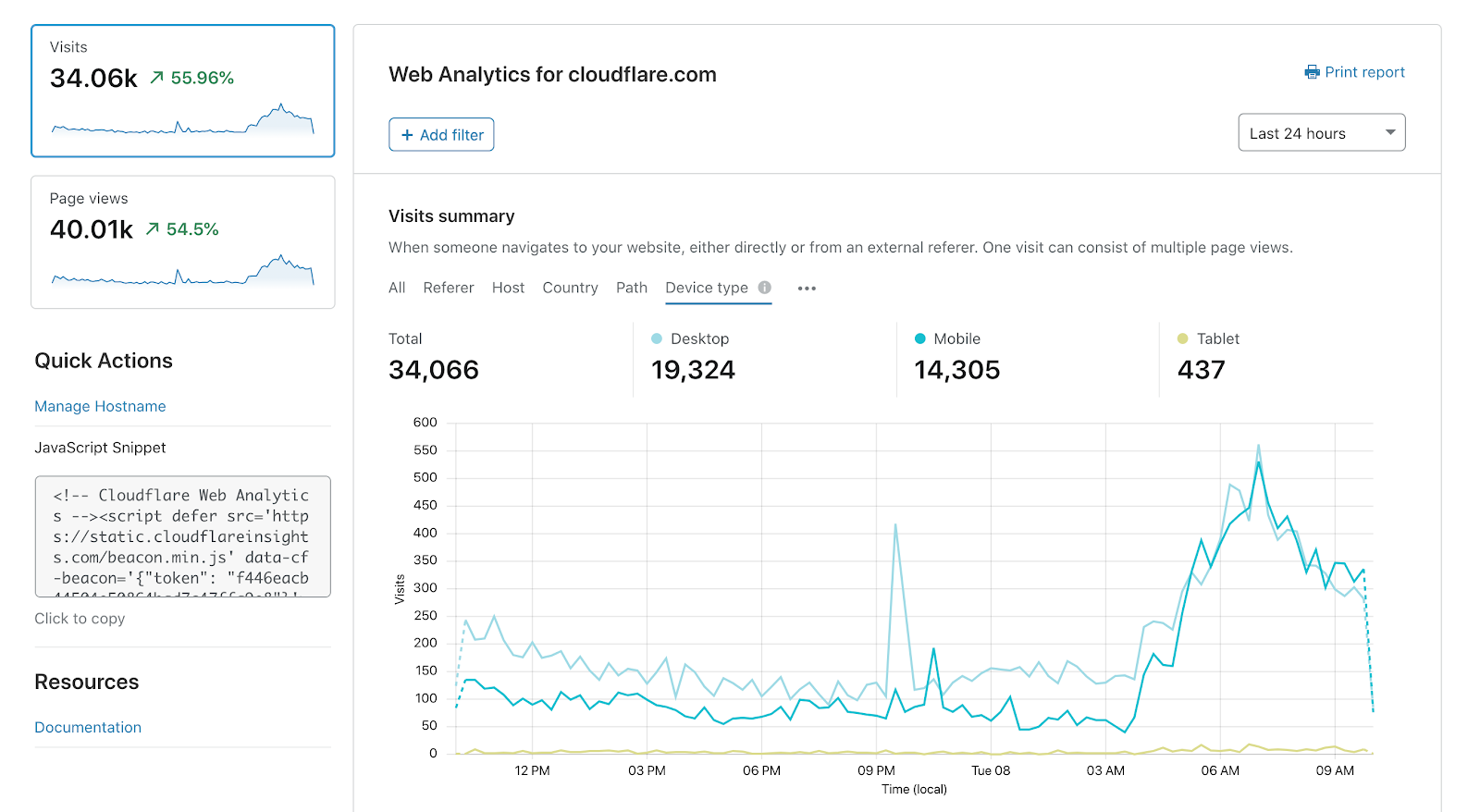What is Plesk? Why would you use it?
Plesk was founded in 2001 by Plesk, Inc., a Russian company. It was launched publicly in 2001. Plesk was sold to SWS oft in 2003. The company switched its name to Parallels in the year 2008. In 2015, it was transformed into its own company after being bought through Oakley Capital. Plesk is a web hosting software that automates data center hosting designed for Linux/Unix and Windows-based commercial hosting service providers.
Several Web Design London companies’ administrators can design templates for sites and clients that allocate resources to domains and clients. Furthermore, Plesk is designed to simplify the routine managing and administration of websites. It automates a variety of processes and tasks using single or multiple servers. Plesk is a web hosting platform with an administration panel that lets administrators create reseller accounts, websites, DNS, e-mail, and databases via an internet browser).
What is Plesk?
Plesk has integrated integration with Content Management Systems (CMS) that includes but is not restricted to, WordPress, Joomla, and Drupal. It also incorporates additional software like Docker and multi-server management and frameworks that support Node.js, PHP, Python, Ruby on Rails, and many more. Plesk is compatible with multiple Linux/Unix environments in addition to Microsoft Windows. Plesk also includes My SQL, Postgre SQL, MSSQL Server as well as MSSQL Desktop Engine, Apache Tomcat Java platform server as well as ColdFusion server.
Extensions of Plesk (add-ons) comprise software packs not part of the codebase. These extensions are fully compatible and work with Plesk. Additionally, you don’t need to buy attachments that you don’t need because Plesk developed its interface to allow you to add the extensions you need.
After you log into your account, you will be able to see the main page, along with the menu bar that is on the left. You can manage your server in the Server Management section. In the Hosting Services section, you’ll manage your resellers, customers, and domains and make changes to subscriptions and plans. The My Profile section in the menu lets you change your Plesk administrator password, as well as edit your Profile and preferences. (i.e., contact email, company name, telephone number, address, etc.).
Plesk Benefits:
The time is now to dig deeper to discover why Plesk is so successful and what makes it the top choice in the eyes of VPS web hosting customers and many London Web design agency companies.
When you look at the characteristics of its product, A few factors are noticed:
- Extensive OS Support – effortlessly distinguishing itself from other market rivals, Plesk integrates with Linux and Windows OS versions. It doesn’t matter if you want to run WordPress/Joomla, and .NET framework project, or MySQL or MSSQL database software and more – Plesk can handle everything.
- Simple to Manage It is not necessary to be a genius in programming or have to deal with countless lines of code. Plesk simplifies the management of your hosting using drag-and-drop navigation and single-click features. So anyone who is a total novice can become an administrator for your server within minutes.
- Fantastic WordPress Automation – WP lovers can relax to manage the CMS through Plesk. The control panel has integrated capabilities for Git, Docker, WP Toolkit, and other automated features.
- Mobile-friendly App – since tablet and smartphone usage is increasing rapidly and hosting servers are being operated via a smartphone is an option that no hosting provider should leave out. Plesk does a great job in this space with a mobile-friendly app, which lets the control panel appear excellent on all devices.
Plesk Main Features:
Plesk uses a simple interface, which looks like the interface that cPanel provides. There are menus and submenus on the left side, and you will find essential details and server statistics right in front of your eyes. The platform has many features immediately. However, some functions deserve special attention from the Web designer London firms.
- Domains – allows you to manage domains as well as add subdomains and parked domains as well as configure domain aliases and many others. It is the best option for redirecting domains or creating new records (A, CNAME, or MX).
- Mail account creation using the domain name you have branded one of the advantages of having one at all. Plesk allows you to create, edit and delete mailboxes, create resource quotas, set up spam filters, and more.
- File Manager is the ideal choice if you do not want to manage FTP services to manage the site’s files. There are several options to import/export as well as directory creation and file transfer.
- Security Plesk has a neat option for customizing your firewall. Complete support of Let’s Encrypt and their SSL solutions allows security certification for free. It includes an AI-powered antivirus as well as a malware-monitoring tool.
- Application – The section which contains all of your software applications and the choices to manage the installation. You also have the option of obtaining the list of Featured CMS Applications or just browsing every app available.
- In addition, Plesk also offers valuable stats and analytics that can allow you to see the larger image of your website. What are your most popular websites? Which countries are your visitors coming from? How do you determine your top efficient routes to traffic? Plesk offers a report on every aspect!
Plesk Alternatives:
- Plesk may not offer many options when it comes to Windows managing servers; however, Linux users will be able to locate something suitable for them if this particular control panel isn’t their style of operation. Some notable names are:
- CPanel is the closest competitor to Plesk. Both platforms have an intuitive interface as well as simple user management. The other options aren’t as good with cPanel in terms of capabilities, however, and the platform continues to multiply. Excellent auto installer software that you can install with one click. It supports Linux servers only.
- SPanel is a reasonably new management system for hosting that was created by Scala Hosting. This powerful control panel makes the best of cPanel however it is gratis to Scala users. It also includes custom-built security modules (SShield) and WP Automation (WordPress Manager).
- Webmin is a web-based application that allows you to run any Unix-based server efficiently. Recent versions include Windows support too. Supports all popular browsers. It is possible to expand the capabilities of the control panel using modules. It is free to use under the BSD license.
Conclusion:
End users of all levels of expertise can handle their VPS server or dedicated server with ease using Plesk, thanks to its user-friendly interface and the large selection of extensions available for Plesk. Plesk can save time and money since it makes the day-to-day tasks of managing servers simple. Automation that comes with Plesk will reduce time spent on email, website, and managing databases. The extensions all come with “1-click” installs. All extensions installation is automated, which makes every install, to ensures that the end-user can feel like a pro designing and establishing their website. The best part is that you don’t have to pay for extensions you do not require, as Plesk created its interface to include the extensions you already use.






Leave a Reply